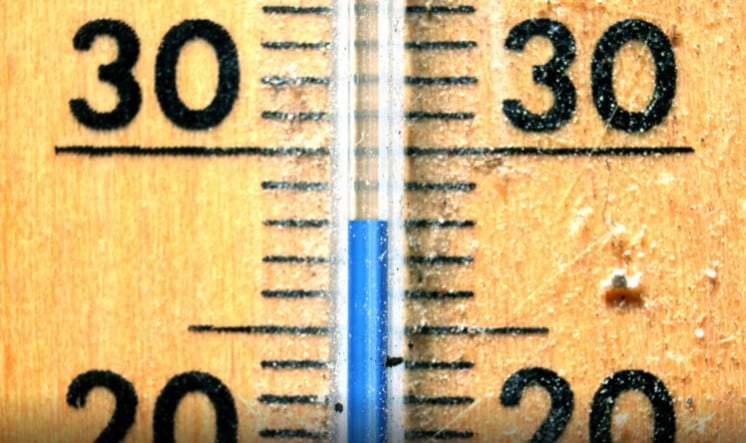The Swiss-based team writes that warmth-induced microbiota appears to increase the biosynthesis of polyamines - molecules that are involved in ageing, and in particular bone mass and strength.
Warmth exposure led to a more even distribution in abundance of bacterial genera such as Turicibacter, Ruminiclostridium_6, Akkermansia, Rhodospirillales, Clostridium_sensus_stricto_1 and Parabacteroides.
“With heat, the synthesis of polyamines increases, while their degradation is reduced,” explains Claire Chevalier, then a researcher in Professor Mirko Trajkovski's laboratory and the first study author.
“They therefore affect the activity of osteoblasts (the cells that build bones) and reduce the number of osteoclasts (the cells that degrade bones).
“However, heat, by acting on the polyamines, which we found to be partly regulated by the microbiota, can maintain the balance between these two cell groups."
The intestinal flora has emerged as an important regulator of host physiology, including the bone.
Along with other researchers, the team previously showed that the host adaptation to cold is in part mediated by alterations of the gut microbiota composition.
However, it is unclear whether elevated environmental temperature can affect the microbiota composition and whether such alterations would have any effect on bone morphology and strength.
Study details
The team, primarily from the universities of Geneva and Lausanne, began by placing new-born mice in an environment that had a temperature of 34°C.
They found the mice had longer and stronger bones, strongly suggesting that bone growth is affected by ambient temperature.
Next the experiment was repeated, this time with mice that underwent an ovariectomy to mimic post-menopausal osteoporosis.
“The effect was very interesting," says Chevalier. "Warming the living environment of mice protected them from the bone loss typical of osteoporosis."
Further experiments saw the team transplant the microbiota of mice living in a 34° environment to osteoporotic mice. Findings revealed the bone quality of these mice was rapidly improved.
Professor Trajkovski, who works at university of Geneva’s faculty of medicine, who also led the study, says, “These findings suggest elongation-independent effects of the warmth, which predominantly favours bone density and strength during adulthood through microbiota alterations."
The team also conducted research looking at global epidemiological data and osteoporosis numbers linking average temperature, latitude, calcium consumption and vitamin D levels.
They found higher temperatures were associated with fewer hip fractures regardless of other factors.
"We found a clear correlation between geographical latitude and hip fractures, meaning that in the northern countries the incidence is higher compared to the warmer south," explains Professor Trajkovski.
"Normalising the analysis of the known players such as vitamin D or calcium did not modify this correlation.
“However, when we excluded the temperature as the determinant, the correlation was lost. This is not to say that calcium or vitamin D do not play a role, either alone or in combination. However, the determining factor is heat -or lack thereof."
Polyamine synthesis and degradation
In discussing the findings, the team further explain the microbiota’s role in which a heat adaptation leads to a disruption in the synthesis and degradation of polyamines.
“The findings that warmth exposure affects the polyamine biosynthetic pathway in the microbiota suggests a link between these changes and the effects on bone mass and strength, and presumably other tissues affected by polyamine levels,” the team writes.
“Aging is associated with decline in the polyamine levels and polyamine supplementation protects against several age-related diseases including memory impairment, cardiovascular disease and cancer, while extending the lifespan of various organisms.
“Warmth-induced microbiota-mediated increases in polyamine biosynthesis may therefore be of general physiological importance that could extend well beyond bone–related research, impacting several age–related diseases and prolonging health span.”
Source: Cell Metabolism
Published online: DOI: 10.1016/j.cmet.2020.08.012
“Warmth Prevents Bone Loss Through the Gut Microbiota.”
Authors: Claire Chevalier et al.

